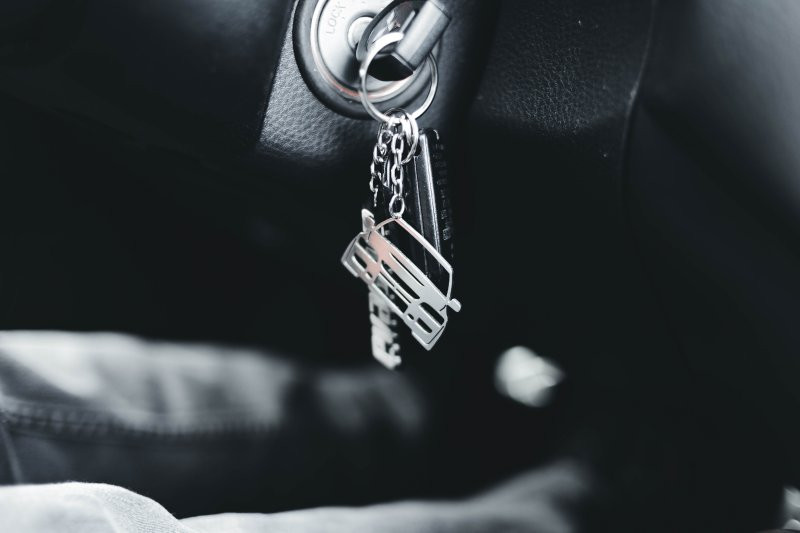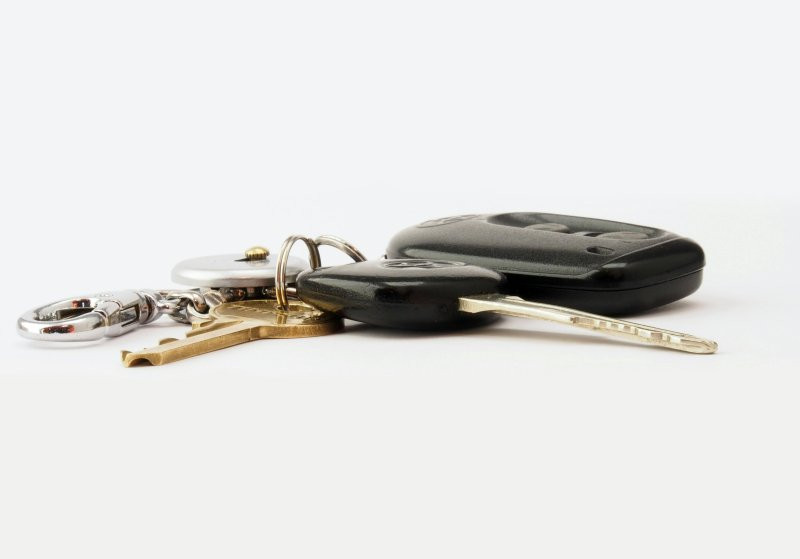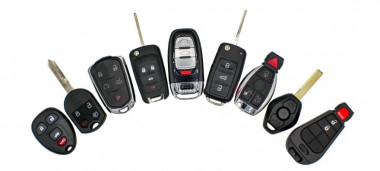Car keys, the quintessential companion of drivers, have undergone significant transformation over the decades. From simple mechanical devices to today’s sophisticated electronic gadgets, the journey of car keys mirrors the evolution of automotive technology.

The Mechanical Era: In the nascent stages of automotive history, car keys were simple mechanical devices. Crafted from metal, these keys operated on basic lock and unlock mechanism, serving the dual purpose of securing the car and igniting the engine to roar to life.
The Advent of Transponder Keys: With the advance of technology, the era of transponder keys dawned during the late 20th century. These keys housed tiny microchips that communicated with the vehicle, providing an added layer of security. The car would only start if it received the correct signal from the key, significantly reducing car theft.
Remote and Smart Keys: The journey of technological evolution led to the advent of remote and smart keys. These keys, with their ability to lock, unlock, and start the car with the press of a button, brought a new level of convenience. Moreover, they enhanced security by allowing only the recognized keys to access the car.

Keyless Entry and Start Systems: The epitome of convenience arrived with keyless entry and start systems. With a key fob in your pocket, doors unlocked as you approached and the engine ignited with a simple push-button start, eliminating the need to fumble with keys.
Security Enhancements: The aforementioned advancements came with heightened security features. Technologies like rolling codes, where the code changes with every use, and encryption made car keys harder to duplicate, thus significantly reducing the risk of theft.
The Future of Car Keys: As we steer into the future, car keys are likely to undergo further transformation. App-based systems and vehicle recognition technologies are on the horizon. The emergence of biometric systems, where your car recognizes you, is not far-fetched.
Conclusion: The evolution of car keys is a testimony to the relentless human endeavor to enhance security and convenience. As technology advances, the humble car key continues to morph, promising a future where accessing and securing your car will be as simple as cThe Evolution of Car Keys Over the Decadesarrying a smartphone or even just your fingerprint.



_1718954899.jpg)

